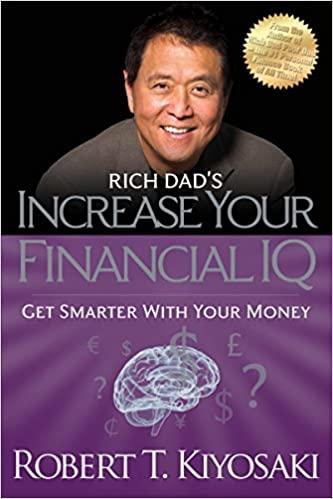Question
Question 6. 6. Consider the following information for three stocks, A, B, and C. The stocks' returns are positively but not perfectly positively correlated with
A. Portfolio AB has a standard deviation of 20%. B. Portfolio AB's coefficient of variation is greater than 2.0. C. Portfolio AB's required return is greater than the required return on Stock A. D. Portfolio ABC's expected return is 10.66667%. E. Portfolio ABC has a standard deviation of 20%. |
A. Small-company stocks, long-term corporate bonds, large-company stocks, long-term government bonds, U.S. Treasury bills. B. Large-company stocks, small-company stocks, long-term corporate bonds, U.S. Treasury bills, long-term government bonds. C. Small-company stocks, large-company stocks, long-term corporate bonds, long-term government bonds, U.S. Treasury bills. D. U.S. Treasury bills, long-term government bonds, long-term corporate bonds, small-company stocks, large-company stocks. E. Large-company stocks, small-company stocks, long-term corporate bonds, long-term government bonds, U.S. Treasury bills. |
A. True B. False |
A. True B. False |
A. True B. False |
Step by Step Solution
There are 3 Steps involved in it
Step: 1

Get Instant Access to Expert-Tailored Solutions
See step-by-step solutions with expert insights and AI powered tools for academic success
Step: 2

Step: 3

Ace Your Homework with AI
Get the answers you need in no time with our AI-driven, step-by-step assistance
Get Started


